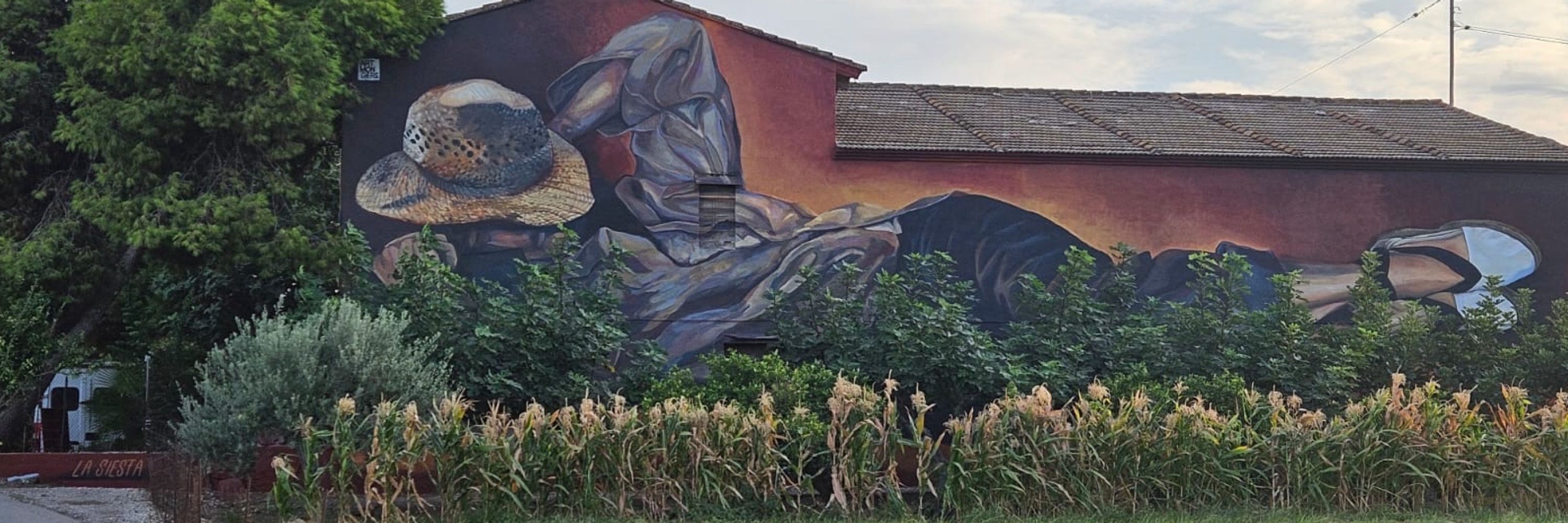
More info: www.imb.de/students-pos...
mourn the collective loss of genius of folks who were actively discouraged or disadvantaged from a career in science because of the same person(s)
mourn the collective loss of genius of folks who were actively discouraged or disadvantaged from a career in science because of the same person(s)
what started as a project on how cells export piRNA precursors, ended up as a tour de force in mRNA export. truly wonderful collaboration with @plaschkalab.bsky.social at the @viennabiocenter.bsky.social
@imbavienna.bsky.social solved a decade-old puzzle, uncovering how the information molecule mRNA travels from the cell’s nucleus to its periphery. More: bit.ly/4nHcvys

what started as a project on how cells export piRNA precursors, ended up as a tour de force in mRNA export. truly wonderful collaboration with @plaschkalab.bsky.social at the @viennabiocenter.bsky.social
link.springer.com/article/10.1...


@imbavienna.bsky.social solved a decade-old puzzle, uncovering how the information molecule mRNA travels from the cell’s nucleus to its periphery. More: bit.ly/4nHcvys

@imbavienna.bsky.social solved a decade-old puzzle, uncovering how the information molecule mRNA travels from the cell’s nucleus to its periphery. More: bit.ly/4nHcvys
www.nature.com/articles/s41...

www.nature.com/articles/s41...

Interestingly, 28S ribosomal RNA is split. Here we investigated the structure of the ribosome by single particle cryo-EM. Take a look.
www.biorxiv.org/content/10.1...

Interestingly, 28S ribosomal RNA is split. Here we investigated the structure of the ribosome by single particle cryo-EM. Take a look.
www.biorxiv.org/content/10.1...

Our paper on the optimization of smFISH to quantify cytokine mRNAs in T cells is published in EMBO Journal.
Using this protocol, we gathered interesting insights on cytokine mRNAs co-expression and localization in these teeny tiny human cells.
www.embopress.org/doi/full/10....
Our paper on the optimization of smFISH to quantify cytokine mRNAs in T cells is published in EMBO Journal.
Using this protocol, we gathered interesting insights on cytokine mRNAs co-expression and localization in these teeny tiny human cells.
www.embopress.org/doi/full/10....
4,807 proposals - a 22% increase compared to last year’s call.
👩🔬 Women submitted nearly 43% of proposals - the highest share ever recorded in an ERC call.
More stats 👉 bit.ly/4hcYJln
#ChooseEurope

4,807 proposals - a 22% increase compared to last year’s call.
👩🔬 Women submitted nearly 43% of proposals - the highest share ever recorded in an ERC call.
More stats 👉 bit.ly/4hcYJln
#ChooseEurope
Dominik (@86dominik.bsky.social) assembled the genome of this Drosophila cell line.
Besides making some cool findings, the goal was to turn this into useful resource for the field.
I am happy to share our new preprint: a chromosome-scale genome assembly for Drosophila OSC cells, one of the key model systems in the piRNA field, especially for nuclear piRNA biology. 🧬🧵 (1/12)

Dominik (@86dominik.bsky.social) assembled the genome of this Drosophila cell line.
Besides making some cool findings, the goal was to turn this into useful resource for the field.

Ulrich is one of the most remarkable scientists I had the pleasure to work with. I learned so much from him about biochemistry, proteins, structural biology, and so much more.
Great people make great things happen.
The really great people are rare.
Ulrich is one of them ...
We will explore new mechanisms in eukaryotic gene expression, leveraging ‘evolutionary play’ to uncover how regulation, repurposing, and hijacking shape RNA biology.
PhD positions available!
Ulrich is one of the most remarkable scientists I had the pleasure to work with. I learned so much from him about biochemistry, proteins, structural biology, and so much more.
Great people make great things happen.
The really great people are rare.
Ulrich is one of them ...
We will explore new mechanisms in eukaryotic gene expression, leveraging ‘evolutionary play’ to uncover how regulation, repurposing, and hijacking shape RNA biology.
PhD positions available!
We will explore new mechanisms in eukaryotic gene expression, leveraging ‘evolutionary play’ to uncover how regulation, repurposing, and hijacking shape RNA biology.
PhD positions available!

She's recognised for her groundbreaking work on the molecular mechanisms of fertilisation: www.imp.ac.at/news/article...


www.biorxiv.org/content/10.1...

www.biorxiv.org/content/10.1...
🔥 now including in vivo 🐭&👤 embryo data
www.biorxiv.org/content/10.1...
🔥 now including in vivo 🐭&👤 embryo data
www.biorxiv.org/content/10.1...
Delighted to share the story of two germline RBPs - one with little (DND1) and one with no (NANOS3) intrinsic sequence-specificity - that together build a continuous RNA binding surface recognizing a 7-mer (AUGAAUU) in target mRNA 3’UTRs, leading to deadenylation.
Delighted to share the story of two germline RBPs - one with little (DND1) and one with no (NANOS3) intrinsic sequence-specificity - that together build a continuous RNA binding surface recognizing a 7-mer (AUGAAUU) in target mRNA 3’UTRs, leading to deadenylation.

Delighted to share the story of two germline RBPs - one with little (DND1) and one with no (NANOS3) intrinsic sequence-specificity - that together build a continuous RNA binding surface recognizing a 7-mer (AUGAAUU) in target mRNA 3’UTRs, leading to deadenylation.



